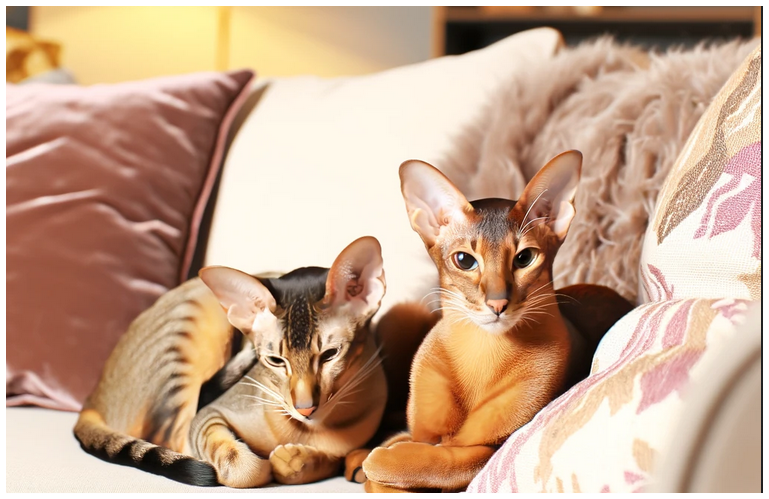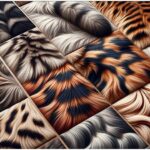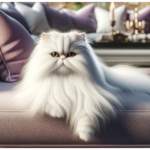Introduction:
Welcome to our comprehensive guide on the elegant and enchanting Oriental Shorthair cat. Known for their sleek appearance, sharp intellect, and affectionate nature, they have captivated cat enthusiasts around the world. Whether you’re considering adding one of these magnificent felines to your family or simply eager to learn more, this guide covers everything from their origins to the unique considerations for their care. Let’s delve into the world of this remarkable breed.

Breed Origins
The Oriental Shorthair’s journey began in the 1950s and 1960s when breeders sought to explore the possibilities of a Siamese-type cat but in a range of other colors and patterns. Originating in the United States, these breeders crossed Siamese cats with American Shorthairs and other breeds, eventually creating the diverse and colorful Oriental Shorthair breed. Recognized for their elegance and diversity, Oriental Shorthairs quickly became a beloved breed among cat enthusiasts.
Ideal Homes for Oriental Shorthairs
This breed is highly adaptable and can thrive in various environments, making them suitable for a wide range of homes. They are particularly well-suited for:
- Active Households: Their playful and social nature makes them perfect companions for families with children and other pets.
- Apartments and Small Spaces: Despite their energy, they can adapt well to apartment living if provided with sufficient stimulation.
- Companion Seekers: Ideal for those seeking a closely bonded relationship with their pet, as they crave and offer constant affection.
Temperament
They are are known for their outgoing and playful temperament. They are incredibly social, often forming strong bonds with their human families. Their intelligence makes them highly trainable and curious, always eager to explore their surroundings. These cats love to communicate, often expressing themselves with their distinctive voices.
Health Challenges and Life Span
Oriental Shorthairs are generally healthy, with a life expectancy of 12 to 15 years. However, like all breeds, they are predisposed to certain health conditions, including:
- Dental Issues: Regular dental care is essential to prevent common problems.
- Heart Conditions: They can be prone to heart diseases like hypertrophic cardiomyopathy.
- Cross-Breed Specific Issues: Some may inherit genetic conditions from their Siamese ancestry, such as respiratory or liver issues.
Grooming Requirements
One of the many appeals of Oriental Shorthairs is their low maintenance grooming needs. Their short, sleek coat requires minimal grooming – a weekly brushing is often enough to keep their coat in excellent condition. However, regular ear checks and nail trimmings should be part of their care routine.
Costs of Purchase
The cost of an Oriental Shorthair can vary widely based on bloodline, age, and quality:
- Pet Quality Kittens: $600 – $1,000
- Show Quality Kittens: $1,000 – $2,000+
- Adults: Costs can decrease for adults, especially if adopted through rescues.
Breeders
For those looking to welcome an Oriental Shorthair into their home, it’s crucial to choose a reputable breeder.
Both CFA [breeder_list] and TICA [breeder_list] have listings for breeders on their website, along with helpful tips on selecting a breeder. They also have calendars showing upcoming cat shows. A cat show is a great way to meet breeders and to experience the breed in person.
Recognized Associations and Breed Standards
The Oriental Shorthair is recognized and celebrated by major cat associations in the United States, including:
- The Cat Fanciers’ Association (CFA): CFA Breed Standard for Oriental Shorthairs
- The International Cat Association (TICA): TICA Breed Standard for Oriental Shorthairs
Conclusion:
The Oriental Shorthair is a breed like no other, offering a unique combination of intelligence, affection, and beauty. Whether you’re drawn to their diverse colors and patterns or their engaging personalities, an Oriental Shorthair can make a wonderful addition to many homes. By understanding their history, temperament, and care requirements, you’re well on your way to providing a loving and stimulating environment for your Oriental Shorthair companion.







Your point of view caught my eye and was very interesting. Thanks.